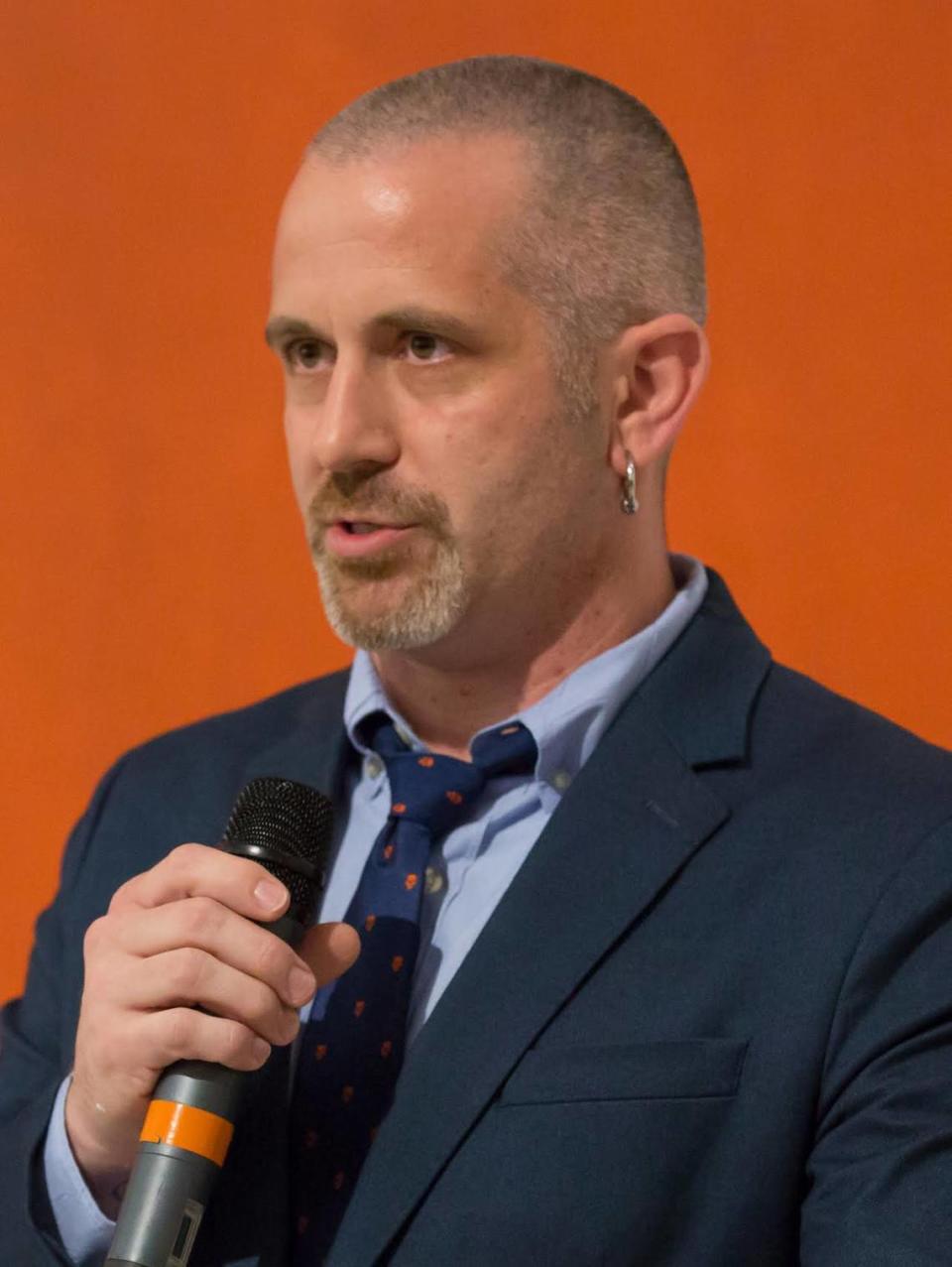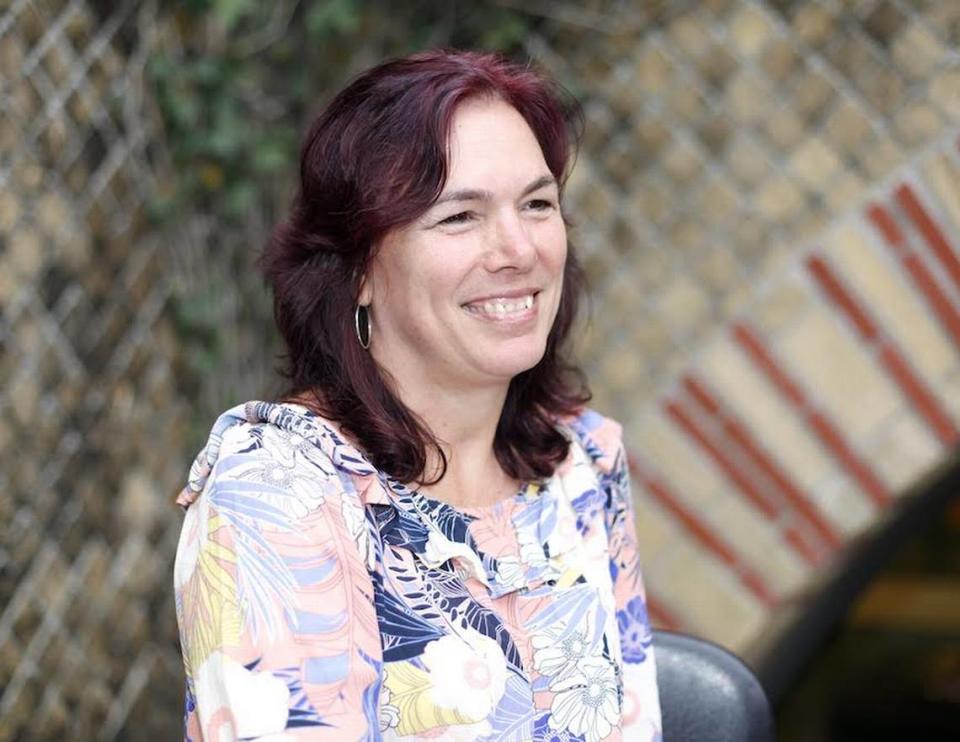Don’t allow rampant development to wipe out all evidence of Miami’s indigenous roots | Opinion
The Related Group enhances skylines. What lies beneath, however, is another matter.
The real-estate development company’s website explains, “Related seeks to educate and inspire, incorporating museum-quality art and noteworthy cultural experiences throughout its developments.” But not all cultural experiences as told through material remains will do. Take Related’s ongoing development of a luxury mixed-use complex along the Miami River in Brickell.
Since the 1950s, and more acutely since the Miami Circle site’s discovery in the 1990s, developers have been well aware that this section of Brickell is an archaeological area. The public was reminded again in 2014 when MDM Development Group began work on the mixed-use Met Square complex. MDM largely paved over the archaeological site under the dubious legal cover of a mediated and unenforceable deal, which developers and preservationists struck out of public view.
Despite developers’ feigned ignorance, Miami has a history that is deep and stratified; to scratch beneath Brickell’s surface is to travel back in time. The neighborhood is named for 19th century millionaires Mary and William Brickell. At that century’s turn, along the north bank of the Miami River, Henry Flagler built the Florida East Coast Railway’s Miami station and Royal Palm Hotel. Prior to this influx of white Northerners, colonial ports and forts dotted the area.
The first interactions between Europeans and Indigenous people of North America took place at the river’s mouth in 1513. Before the collision of old and new worlds, the native Tequesta established a town at this confluence. Now Related’s development on the south river bank has unearthed artifacts of human occupation and activities — pottery, food remains, foundations of prehistoric homes and civic ceremonial structures — that track back 7,000 years.
Thus far, Archaeological and Historical Conservancy, the firm paid by Related to undertake archaeological assessment, has excavated almost half of the site. The other half still has a mid-rise building atop it, which Related plans to demolish if development continues. Then, only Related will determine what of the past is preserved or destroyed.
What has been unearthed thus far warrants official historic designation by the city of Miami. This issue is on the Historic Preservation Board’s April 4 agenda. In past instances, the local government has been part of the problem. Conservative politicians have long reigned and enjoy close ties with business owners who themselves are deeply invested in Miami’s rampant development. The HEPB needs to respond to the need and desires of the entire community, not just developers.
Historical shortcomings in local government are compounded by developers’ selective storytelling about the past. That is, only certain histories are deemed worthy of narrating and celebrating. Alternative ones are erased.
Like Florida’s state legislators, real estate developers seem intent on disappearing the experiences of Black and Native Americans. Rather, stories of migrants from northern and southern locals are valued. Which makes sense if one considers where Miami’s modern émigrés originate. About half of Related’s buyers come from Latin America. They are vying with new arrivals from northern cities, like New York. These new, wealthy residents have made housing in Miami unaffordable for all but the rich.
How then to proceed? Related could stop development of the as-yet-undisturbed half of the site. It could also enter into a binding agreement with university and/or museum partners to study and curate the hundreds of thousands of artifacts already unearthed. The agreement could provide for subsequent dissemination of information about the city’s past to its residents.
Because communities worldwide are confronting the loss of cultural heritage to development, Related would then become a global leader in responsible civic-minded development.
Related could also opt to display finds from the archaeological excavations under way. Carefully excavated and studied artifacts can shed light on the ancient settlement of Tequesta and the peoples who inhabited it. But if their past practices are any indication, only art divorced from its creators and sourced from the collection of Jorge Pérez — Related’s founder, chairman and CEO — will adorn the buildings’ walls.
Regardless of what gets displayed, access would still be an issue. When situated in the planned Baccarat Residences, art or artifact will remain inaccessible to most Miami residents. The shiny glass-and-steel towers will stand as another example of how recent, unchecked real-estate development has exacerbated socioeconomic disparities, overlooked infrastructure needs, degraded environments and eliminated much-needed green spaces.
As an alternative, a cultural center could provide a space to educate and inspire the public about the deep history at the mouth of the river and function as a centerpiece for the Related Group’s riverfront development. We envision a Miami in which heritage preservation enriches, respects and honors the lives of all who lived, and live, here.
That would show us the ways in which we all are related.
Dr. Pamela Geller is an archaeologist and associate professor in the Department of Anthropology, University of Miami. Dr. William J. Pestle is an archaeologist, associate professor and chair of UM’s Department of Anthropology. Dr. Traci Ardren is an archaeologist and professor in UM’s Department of Anthropology.




